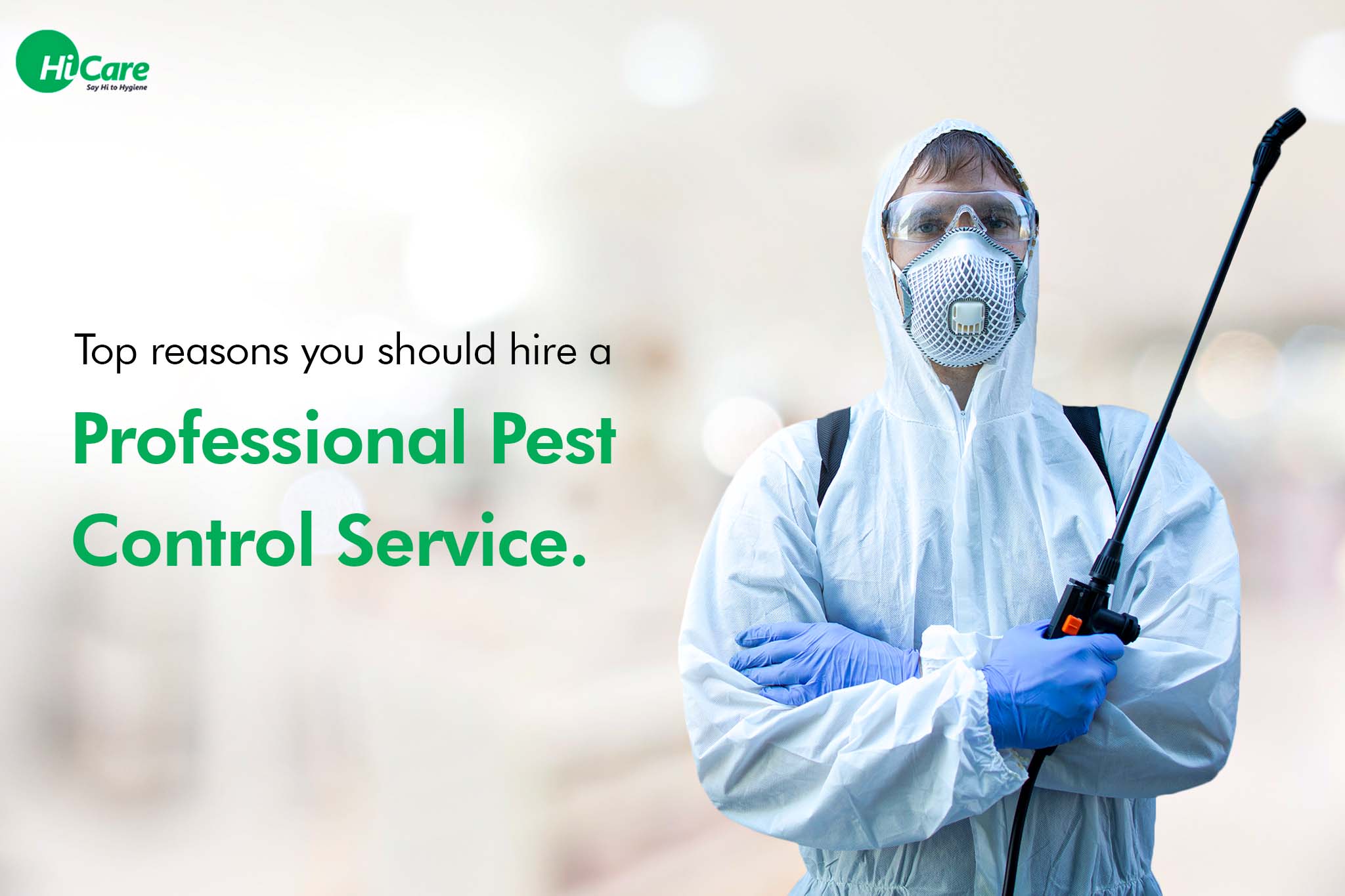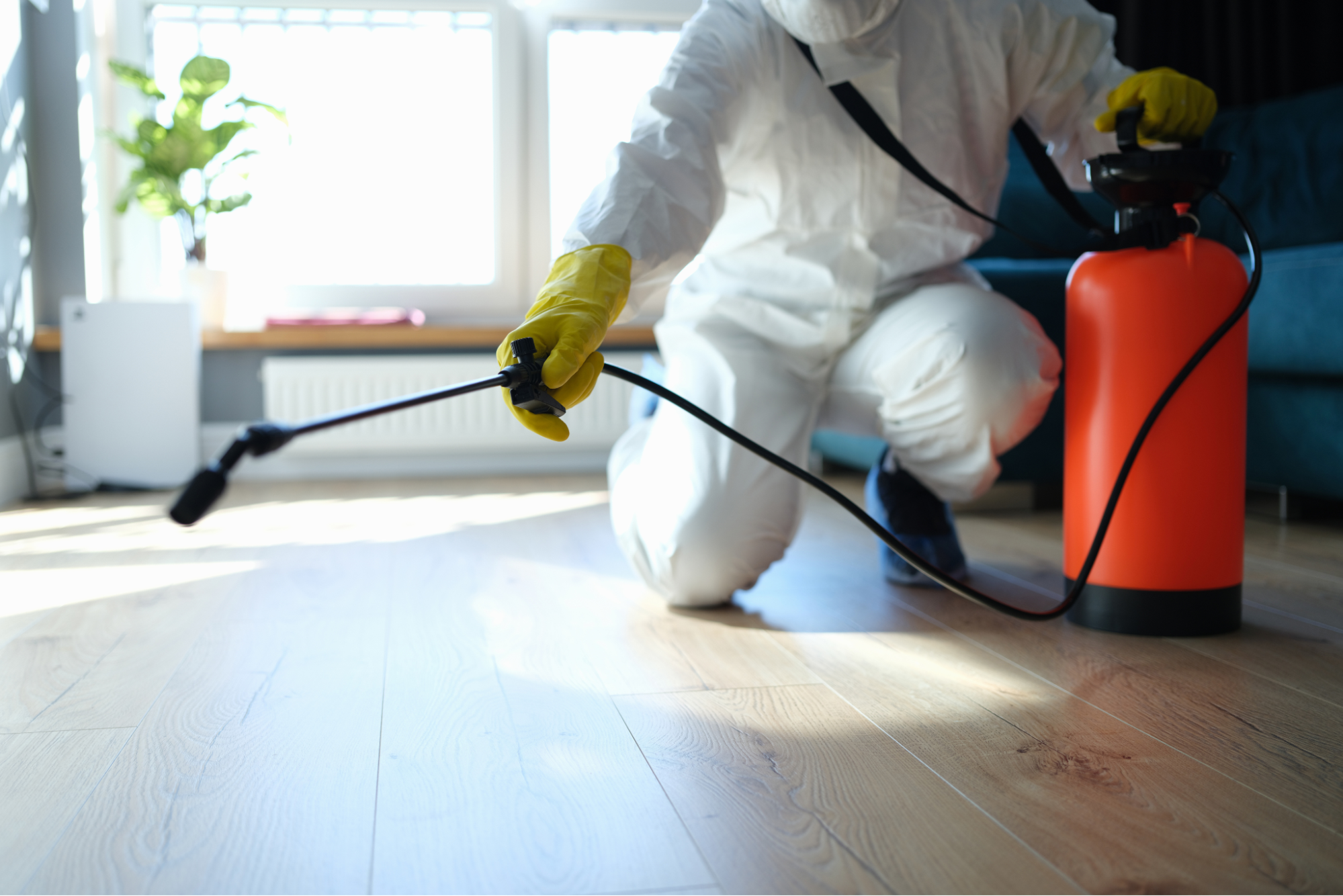Experienced A1 Exterminators Charlotte NC - Fast and Reputable Solutions
Wiki Article
Bed Bug Treatment Breakdown: Contrasting Chemical Vs. Non-Chemical Solutions
In the world of pest control, especially when taking care of the relentless issue of bed bugs, the selection in between chemical and non-chemical therapy remedies can be a pivotal one. Both techniques offer distinctive benefits and disadvantages, influencing factors such as effectiveness, security factors to consider, and overall price. By examining the nuanced details of each method, a more clear understanding of which course to pursue in addressing a bed insect problem can be achieved.Performance of Chemical Therapies
Chemical treatments for bed insect invasions have been commonly recognized for their potent and fast effectiveness in getting rid of these insects. When considering the efficiency of chemical treatments, it is vital to comprehend that they can give a quick and detailed service to a bed pest issue.Furthermore, chemical therapies have the benefit of providing residual effects, suggesting that they can remain to get rid of bed pests even after the first application. This residual action is particularly beneficial in combating any potential re-infestations. Furthermore, the quick action of chemical treatments can bring relief to individuals facing serious bed bug invasions, enabling them to gain back control of their living spaces promptly.
Safety And Security Worry About Chemical Solutions
One crucial facet that needs mindful factor to consider when making use of chemical remedies for bed pest therapy is making certain the security of occupants and the setting. Exposure to particular chemicals made use of in bed pest treatments can lead to breathing concerns, skin irritability, or various other unfavorable reactions, especially in individuals with pre-existing conditions or sensitivities.Additionally, the ecological impact of chemical remedies is another considerable factor to consider. Some pesticides used in bed insect treatments may be dangerous to helpful pests, wild animals, and ecological communities if they seep into the dirt or water systems. It is vital to use chemical treatments deliberately, complying with safety and security guidelines, and considering much less toxic alternatives to alleviate these threats and ensure the risk-free and reliable management of bed pest invasions.
Advantages of Non-Chemical Approaches
Thinking about the potential safety problems and ecological influence associated with chemical options for bed bug treatment, exploring non-chemical approaches presents an appealing alternative with several distinctive benefits. Non-chemical treatments are ecologically pleasant, as they do not contribute to air or water air pollution, making them a sustainable option for pest control.Additionally, non-chemical remedies can be effective in targeting bed bugs, including hard-to-reach areas where chemical treatments might not penetrate - A1 exterminators charlotte nc. Methods such as heat treatment, vacuuming, heavy steam cleaning, and bed mattress coverings offer comprehensive removal without the use of unsafe chemicals.
Limitations of Non-Chemical Treatments

Additionally, non-chemical therapies often call for multiple applications to attain effective removal. This can be taxing and might not always assure total removal of all bed pests and their eggs, specifically in hard-to-reach or surprise places.
Moreover, the success of non-chemical treatments greatly depends on appropriate application and thoroughness, which can be challenging for people without specialist experience. Inadequate application of non-chemical methods may lead to incomplete removal, bring about relentless problems and the need for extra therapies.
For that reason, while non-chemical treatments have their benefits, it is important to acknowledge these limitations and consider them when identifying one of the most efficient technique for taking care of bed pest problems.
Expense Contrast: Chemical Vs. Non-Chemical Options
Given the restrictions associated with non-chemical treatments, a vital element to assess in the context of bed insect administration is the cost contrast between chemical and non-chemical options. home pesticides In comparison, non-chemical therapies like heat therapy or steam can be extra costly, with costs varying from $1,000 to $6,000 for an entire home. While the preliminary expense of chemical treatments might seem lower, numerous treatments might be required to totally eradicate the problem, possibly raising the general cost.Verdict

Taking into consideration the prospective safety and security issues and environmental effect linked with chemical solutions for bed insect therapy, discovering non-chemical strategies offers an encouraging alternative with numerous unique advantages.Provided the limitations connected with non-chemical therapies, an important element to review in the context of bed pest management is the price comparison in between chemical and non-chemical options. In comparison, non-chemical therapies like warmth therapy or vapor can be more expensive, with prices varying from $1,000 to $6,000 for an entire home. While the initial price of chemical therapies visite site might seem lower, numerous therapies might be called for to totally get rid of the invasion, possibly raising the overall expense.In conclusion, when contrasting chemical and non-chemical bed pest therapy alternatives, it is crucial to consider efficiency, security, benefits, restrictions, and expense.
Report this wiki page